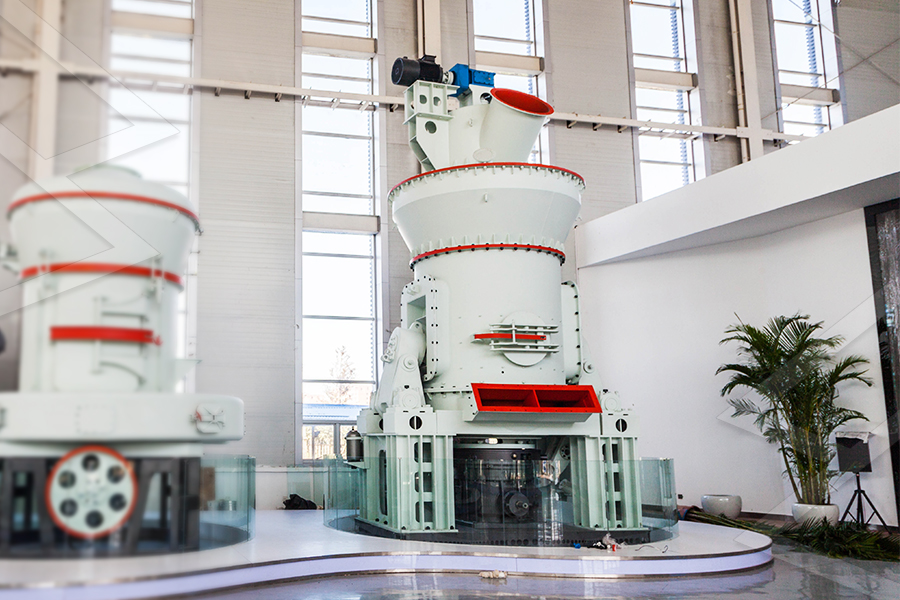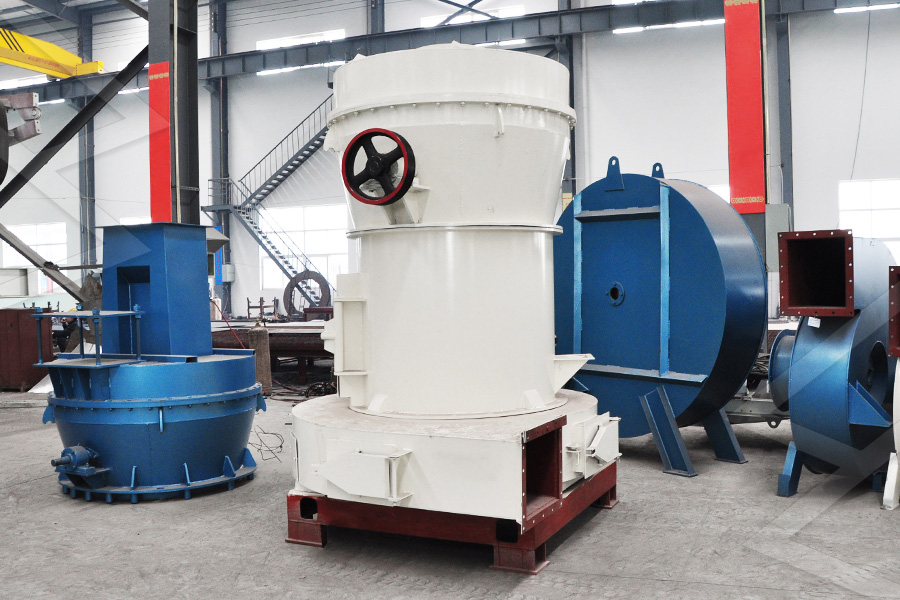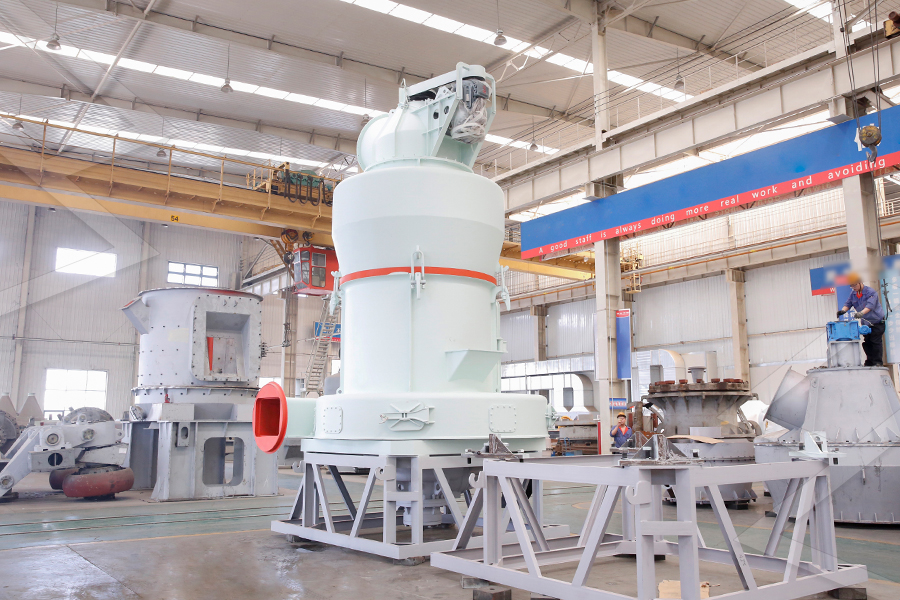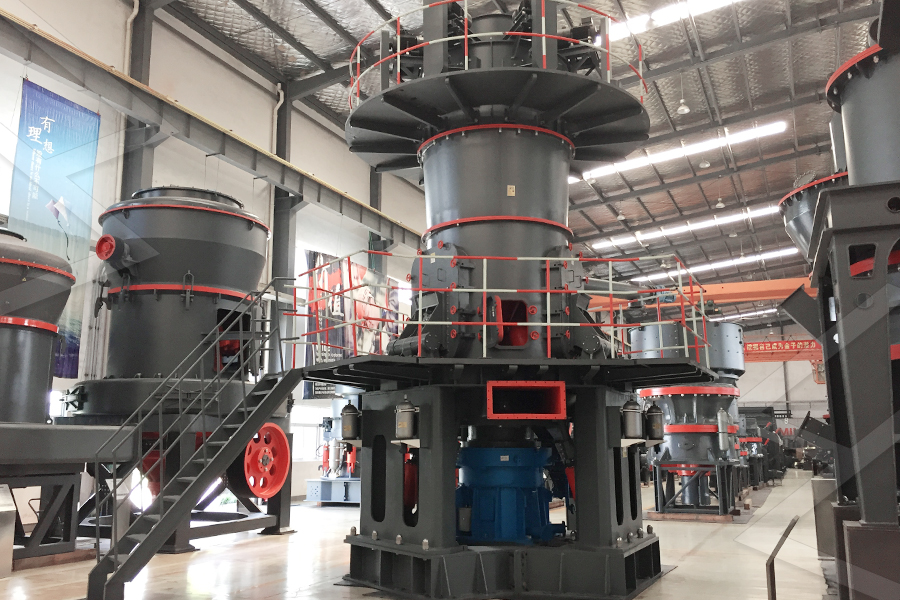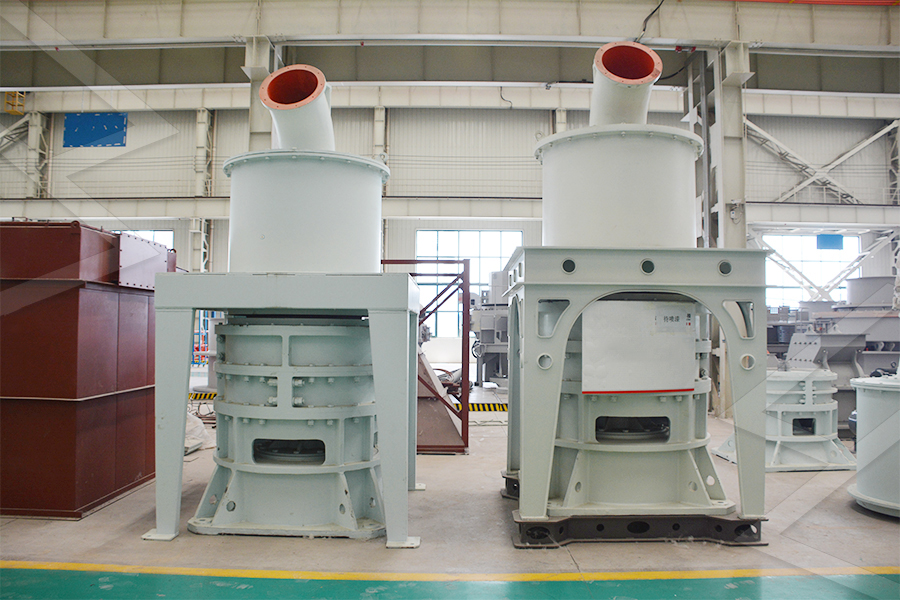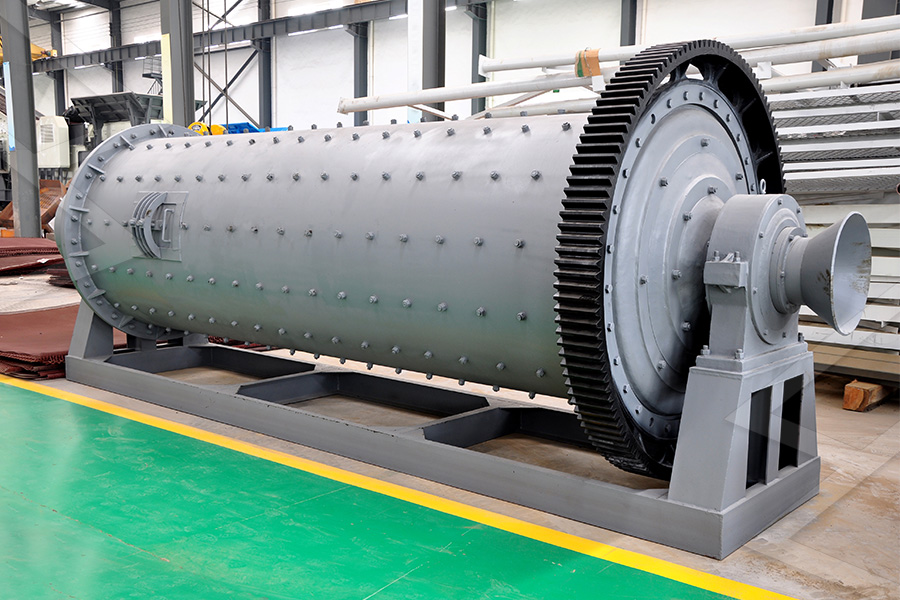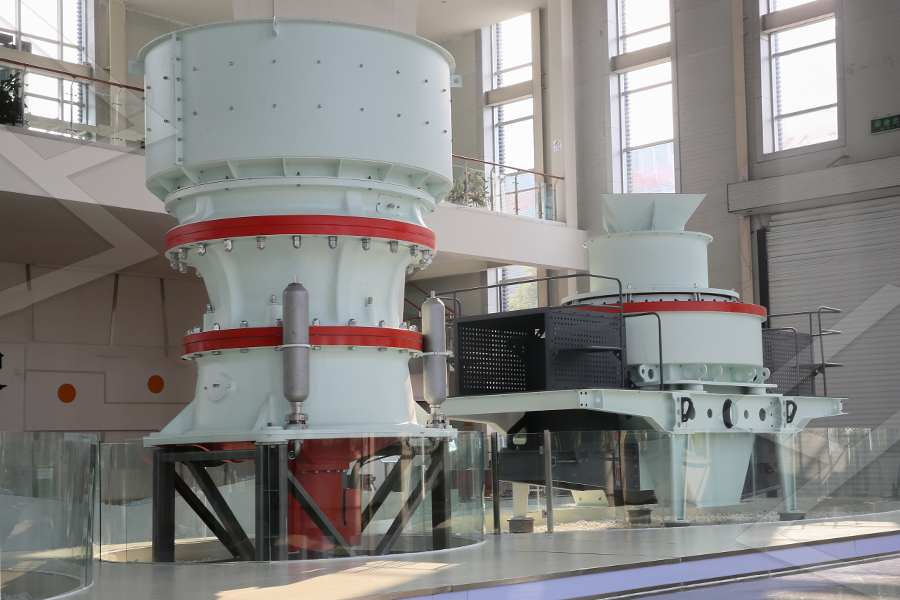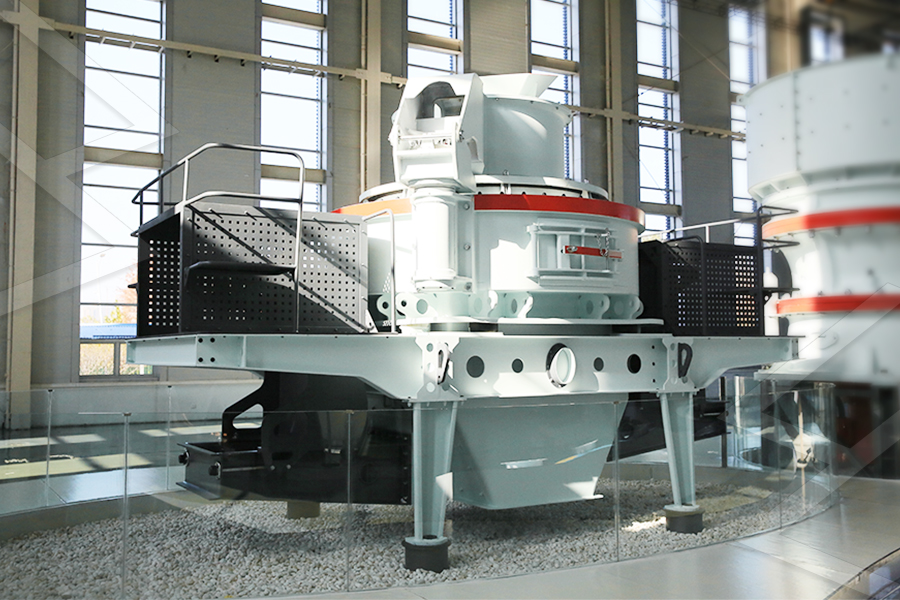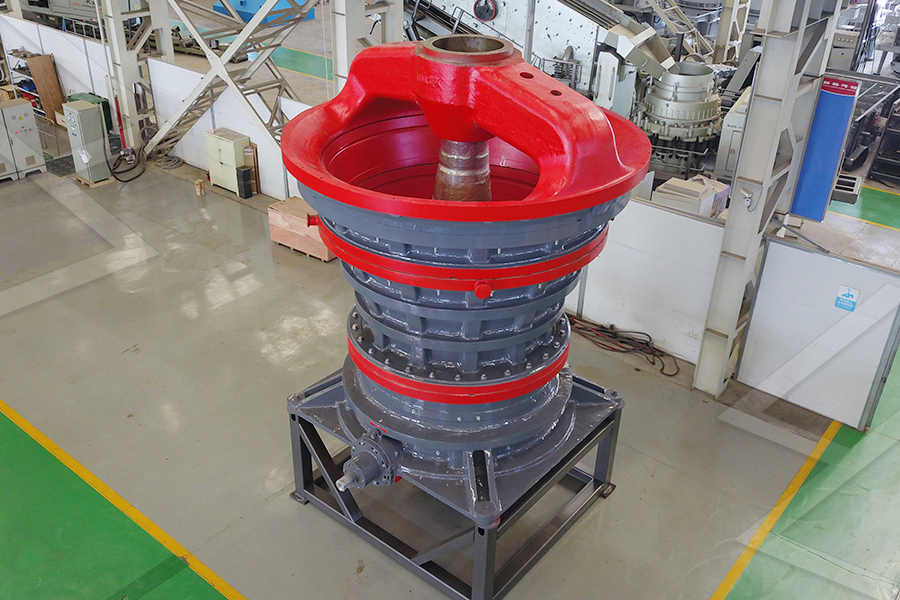Grinding Equipment and Process
Given the need for ultra-purity and fine fineness, the project uses an airflow mill with a ceramic grinding chamber (alumina, 99.9% purity) to avoid metal contamination. The airflow mill operates at an air pressure of 10 bar, generated by an oil-free, dry air compressor (to prevent oil and moisture contamination). The pretreated quartz lumps (now 20-30mm) are fed into the mill via a PTFE (polytetrafluoroethylene) screw feeder (non-metallic, to avoid scraping), at a rate of 2.5 TPH.
In the grinding chamber, high-velocity air jets accelerate the quartz particles, causing them to collide with each other (rather than metal surfaces) and break into fine powder. The ground particles are carried by the air stream to a two-stage classifier: the first stage removes oversize particles (>400 mesh), which return to the mill; the second stage (a high-precision cyclone) collects the 400-mesh powder. A HEPA filter (class H14) captures any remaining ultra-fine particles (<1 μm), ensuring no product loss and maintaining cleanroom conditions (ISO Class 8).
Post-Processing and Packaging
The collected 400-mesh quartz powder undergoes two final steps: (1) Chemical cleaning: The powder is mixed with DI water and a small amount of hydrofluoric acid (HF, 0.5%) to remove surface contaminants, then rinsed with DI water to neutrality; (2) Vacuum drying: The powder is dried in a vacuum oven at 100°C to <0.1% moisture, preventing agglomeration. The powder is then packaged in clean, sealed polyethylene bags (10 kg each), which are stored in a cleanroom warehouse (temperature 20-25°C, humidity 40-60%) to avoid contamination.
Quartz is dried in a cleanroom oven at 120°C to <0.1% moisture; (4) Magnetic separation: A high-intensity magnetic separator (15,000 gauss) removes any remaining iron particles (≤0.1 ppm).
